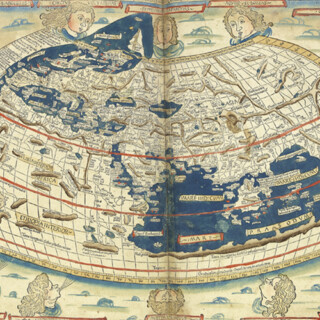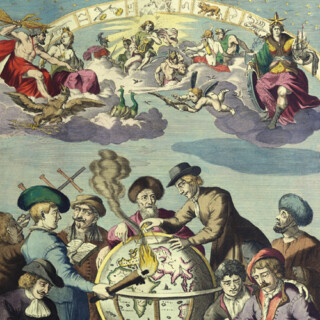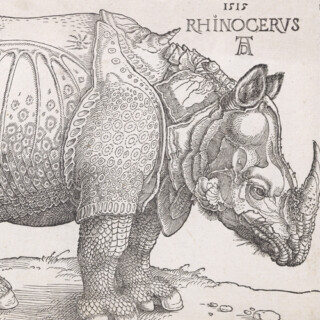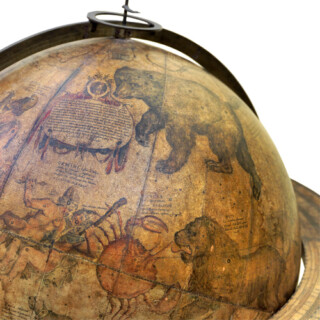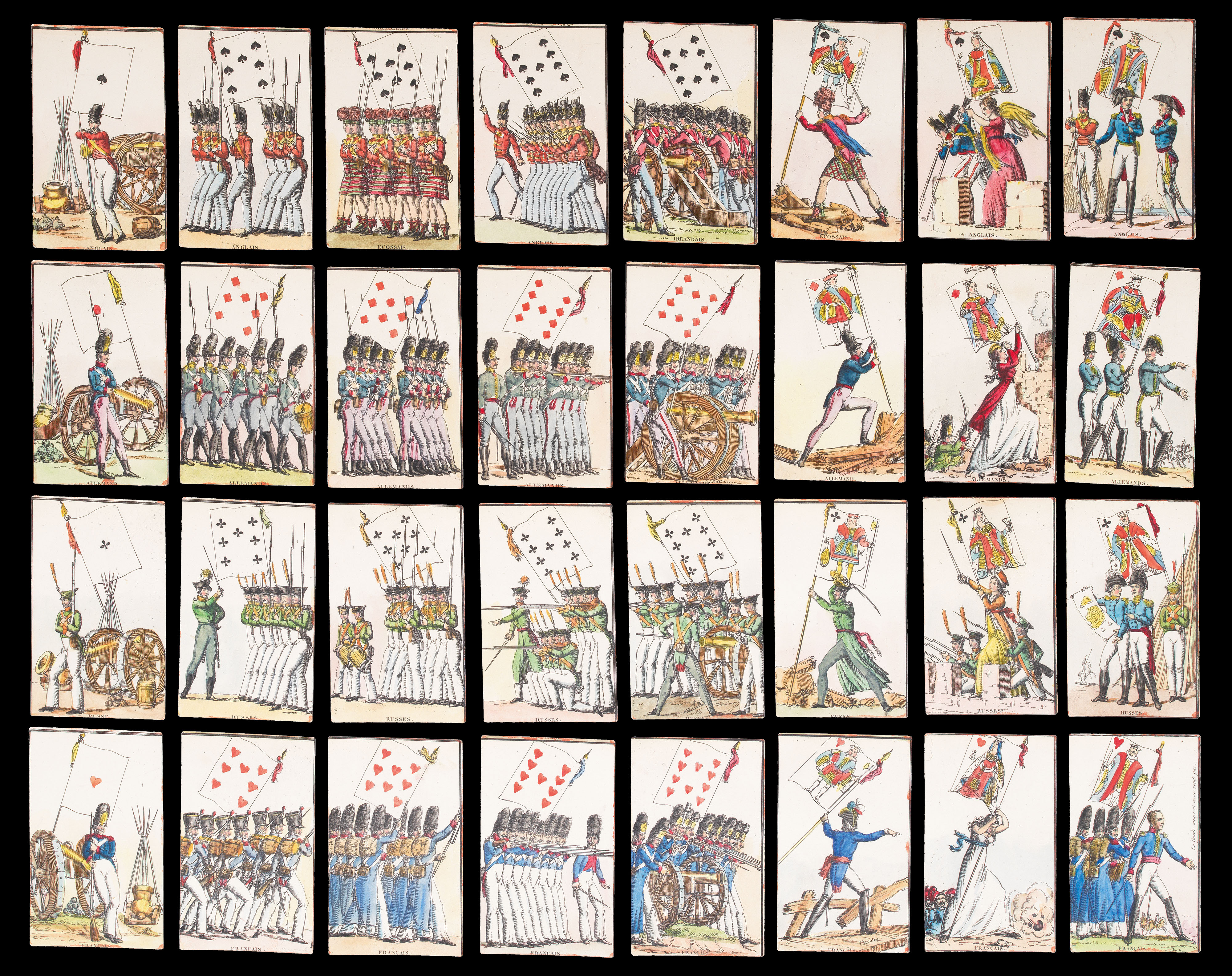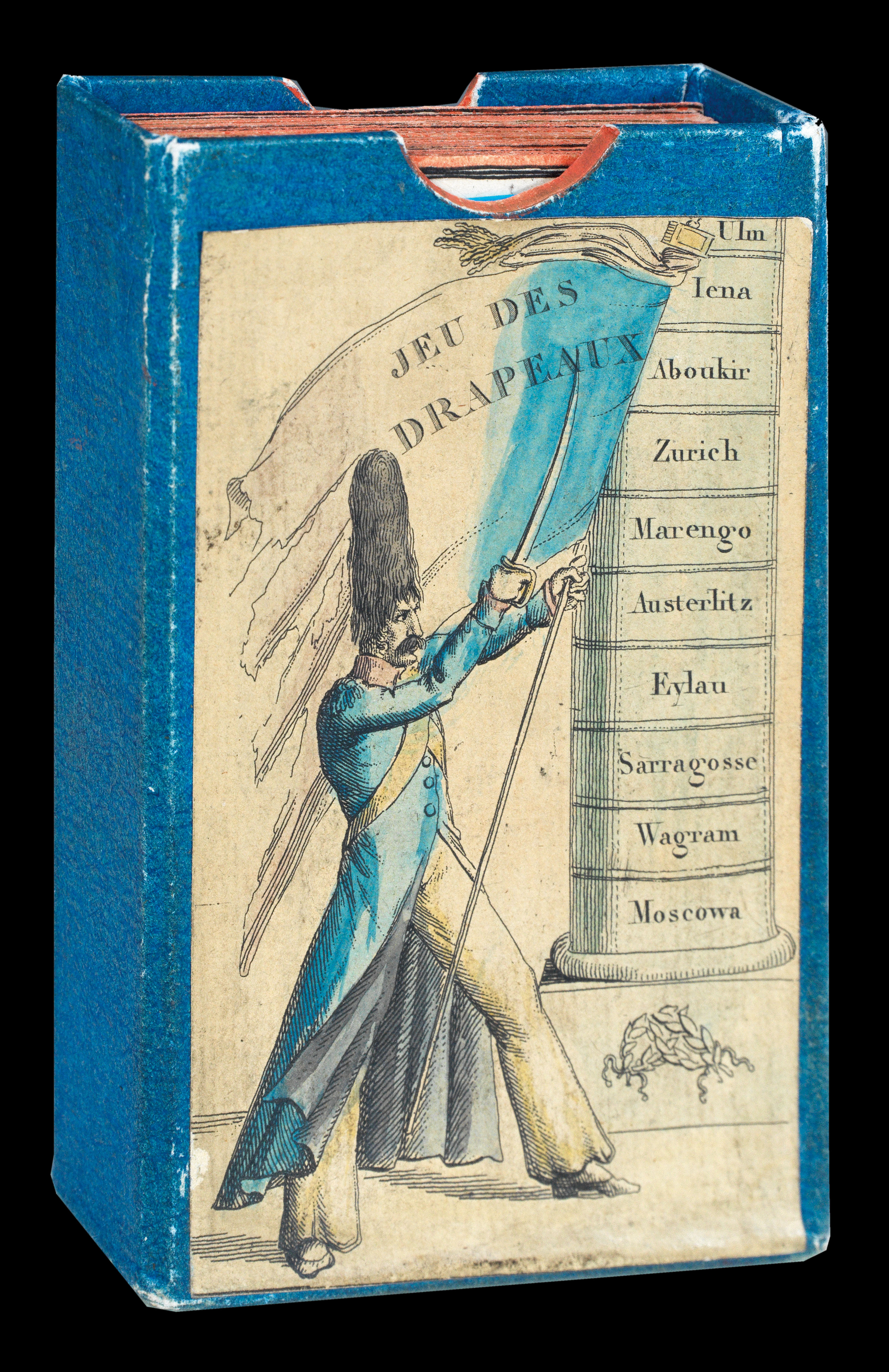The Makers
This deck was made by an anonymous, but presumably French, card manufacturer around the time of Napoleon's return from his brief exile on Elba.
The Cards
With cards Two to Six of each suit removed, the 'Jeu des Drapeaux' was perhaps intended for the 32-card game of belote. Published after Napoleon's return to France from Elba in 1915, the classic French suits have each been connected to a different nation involved in the ...
The Makers
This deck was made by an anonymous, but presumably French, card manufacturer around the time of Napoleon's return from his brief exile on Elba.
The Cards
With cards Two to Six of each suit removed, the 'Jeu des Drapeaux' was perhaps intended for the 32-card game of belote. Published after Napoleon's return to France from Elba in 1915, the classic French suits have each been connected to a different nation involved in the Emperor's conflicts, with Clubs showing Russian soldiers, Diamonds the Germans, Hearts the French themselves, and the Spades depicting English, Scottish and Irish troops. The value of each card is represented by the number of soldiers shown, and there is also a miniature version of the traditional pip card which they fly as their flag.
On the court cards, each nation's general appears as the King surrounded by aids, with Napoleon himself of course represented as the King of Hearts. Jacks are depicted as flag-bearing soldiers, while the Queens are allegorical female figures partaking in the battle. The only inscription on the cards, except the nationalities listed along the lower border, is the slogan "La Garde meurt et ne se rend pas" ('The Guard dies but does not surrender') on the King of Hearts, the phrase cried by General Pierre Jacques Étienne Cambronne when surrender was suggested at the Battle of Waterloo.
The title card shows a French general bearing the tricolore, brandishing a sword, and standing before a pillar on which are listed the battles in which the Napoleonic troops had won victories.

